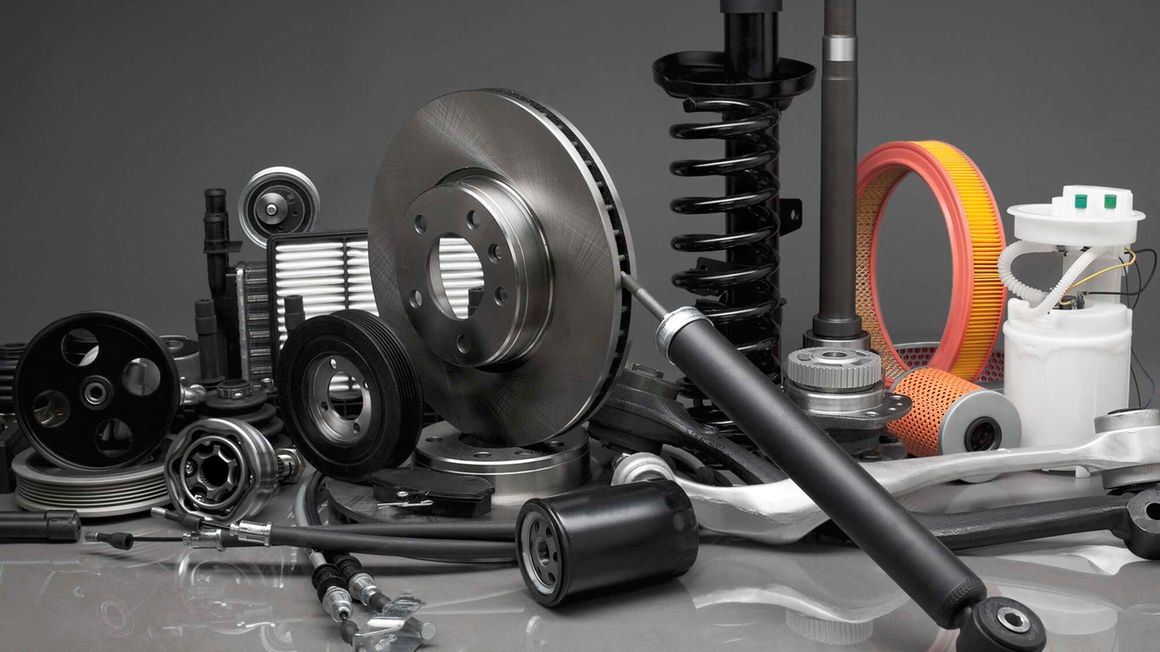
Doubling car spares price puts pressure on cover premiums. FILE PHOTO | SHUTTERSTOCK
Escalating prices of car parts have hit motor insurers hard, squeezing their margins further in the wake of an unrelenting weakening of the Kenyan shilling.
The price increase, at a time when some parts have become harder to find, has pushed insurers into a tight corner with increasing costs of servicing claims, forcing them to react by revising upwards the monthly premiums for new customers as well as those renewing their policies.
Multiple industry players told the Business Daily that prices of spares started shooting up on Covid-19 supply disruptions.
But the shilling, which has weakened by about 24 percent against the dollar since March 2020, has pushed the price of some parts by as much as three times.
Read: Parts makers eye more sales from ban of used vehicles
Honda, Mazda and the majority of German models, for example, BMW, Mercedes Benz, and Volkswagen have been the most impacted, compared with Toyota and Nissan models as spare part dealers take advantage of the unregulated market to rake in profits.
Joshua Omulama, a motor vehicle spare parts dealer in Nairobi says the price of a nose cut for a Toyota Fielder, 2008 model has increased to Sh120,000 from Sh85,000 a year earlier whereas the price of headlights has gone up from Sh20,000 to Sh35,000.
The price of a boot has jumped to Sh90,000 from Sh55,000 while a bumper for the same model has hit Sh20,000, up from Sh12,500.
Insurers are resorting to allowing car owners to directly contact overseas dealers for parts that are out of stock in Kenya and end up paying as much as Sh700,000 to replace bumpers for high-end vehicles.
Senior manager of claims at CIC Insurance Scovier Juma said the cost of servicing claims has also shot up on the increased size of court awards for third-party injuries, as courts factor in inflation.
“We have been greatly impacted by the dollar effect. The cost of repairs has gone up compared to two years ago. This is because of the aspect of importation. Most repairers have to import these parts and the increased import cost has trickled down to insurers,” said Ms Juma.
“The cost of a bumper that we used to pay at say Sh100,000, is now averaging above Sh130,000. So cumulatively, we are looking at the increased cost of repairs. There are models that you can outrightly tell that if you have a claim, a bumper will cost you Sh700,000. And we have experienced this.”
Ms Juma said court awards towards compensating victims of soft tissue injuries were averaging between Sh150,000 and Sh180,000 but this has shot up to above Sh200,000 as courts factor in inflation.
The pricey spare parts look set to extend private and commercial motor insurance to the 10th and 15th straight year of underwriting losses respectively, with the situation complicated by fraud and price undercutting.
Insurance Regulatory Authority data shows that 26 out of 30 insurers posted underwriting losses in insuring private motors while 17 also returned losses on insuring commercial vehicles in the nine months that ended September last year.
Some insurers have responded to the costlier repairs by increasing premiums for new customers or those seeking to renew their policies and also dropping some vehicle models from the list of cars qualifying for comprehensive insurance.
ICEA Lion General Insurance Senior Motor Assessor Peter Mzungu says the spike in the prices of vehicle parts in a market where premium rates are fixed at about four percent of the value of the car, regardless of the model, has seen insurers start avoiding models that are synonymous with pricey spares.
“An insurer charges four percent for Toyota, Mercedes or BMW yet a steering rack of a BMW would cost about four times that of a Toyota Premio. So, it generally doesn’t make sense to charge the same premium rates for vehicles whose parts are significantly higher in terms of pricing,” said Mr Mzungu.
Some insurers are accommodating such vehicle models that attract high-priced parts but only if the customers are willing to pay increased premiums.
Other underwriters are putting up a higher excess—the amount of money customers have to pay as a form of accepting a portion of the risk together with the insurance company.
“Generally, the parts prices have gone up compared to pre-Covid-19 times. The pandemic supply disruptions had increased the prices. The dollar has come in and worsened the situation because the shilling is doing quite badly now,” said Mr Mzungu.
Read: APA stops comprehensive insurance for 28 car models
About 70 percent to 80 percent of insured vehicles in Kenya are second-hand. The insurance sector has a common rule that vehicles older than five years cannot be awarded new parts.
The rule, which has served to lower costs of claims, is now proving to be the problem since the prices of second-hand parts vary widely compared with new parts, according to Mr Mzungu.
Insurers say many spare part sellers have a market intelligence network and would tell which parts of a particular car model are scarce and then react by doubling or even tripling the price to cash in on desperate customers.
Some motorists are also short-changing insurers by using their vehicles for purposes different from that insured against, raising risk exposure.
→ palushula@ke.nationmedia.com




No comments :
Post a Comment